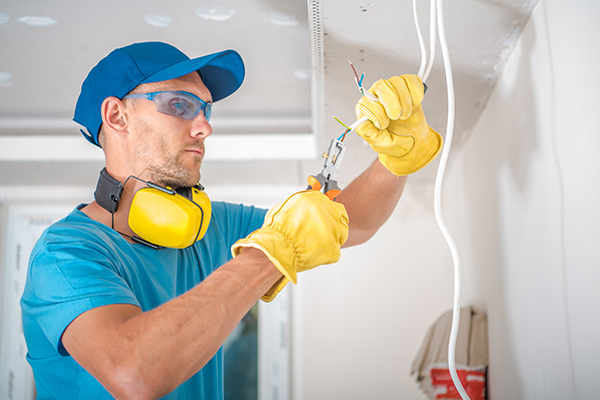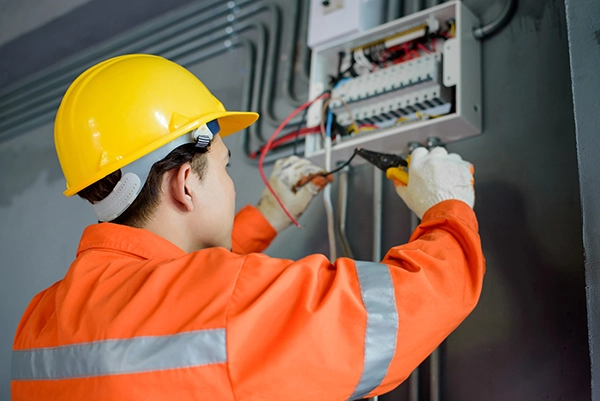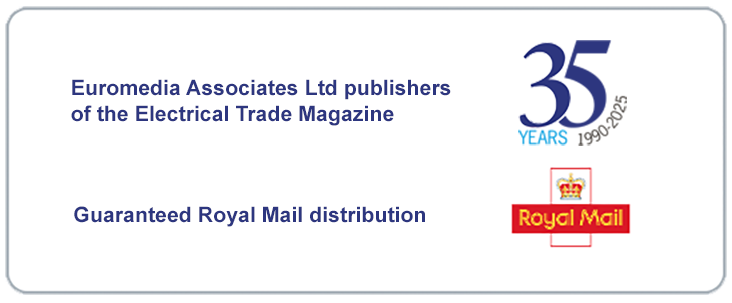The electrical trade industry is a realm where safety and efficiency are non-negotiable. Regularly, professionals in this trade confront unpredictable hazards — from high-voltage shocks to thermal burns, punctures, lacerations, and even arc flashes — necessitating a constant evolution in personal protective equipment (PPE), particularly in workwear.
High-quality workwear shields electrical workers from injuries, boosts their effectiveness, and ensures compliance with stringent safety standards.

In this comprehensive guide, we will illuminate the criticality of meticulous workwear selection and utilization in the electrical trade, examine the types of garments that are essential for safety and job performance, discuss the best practices for integrating workwear into the job’s fabric, address challenges, and explore cutting-edge innovations.
Understanding the Importance of High-Quality Workwear in the Electrical Trade
The phrase ‘high-quality workwear’ isn’t just about comfort or the latest fashion. It encompasses a set of attributes that directly impact the well-being and productivity of electrical professionals. Workwear in the electrical trade takes on the responsibility of the first line of defence against a variety of workplace hazards. It’s a thin but crucial barrier between an electrician and the potentially fatal components of their work environment.
Electrical-specific high-quality workwear should be flame resistant, engineered from materials that can resist arc flashes, and designed to prevent the conduction of electricity. It also needs to be tough enough to withstand the rigours of the job. Investing in high-quality workwear is investing in the workforce’s longevity and a brand’s safety reputation.
Types of Essential Workwear for Electrical Professionals
Several types of workwear are deemed necessary for electrical professionals due to their specialised roles and the unique hazards they face. These include:
Arc-Rated Clothing
This specialised clothing is designed to self-extinguish and prevent break-open, which can significantly reduce the wearer’s burn injury. It avoids melting onto the skin in the event of an arc flash and typically includes coveralls, shirts, and pants.

Insulating Gloves
Insulating gloves are the final barrier against electrical currents when working with live circuits. They are rigorously tested and must meet particular safety standards for use in the field.
ESD Clothing
Electrostatic discharge (ESD) clothing is essential for electricians who work in sensitive environments like electronic manufacturing facilities. It prevents the buildup of static electricity and minimizes the risk of damaging sensitive equipment.
High-Visibility Garments
Low-light conditions and the presence of heavy equipment mean that visibility is key to safety. High-visibility workwear ensures that electrical professionals are seen even in darker work environments.
Non-Conductive Footwear
Electrical workers need to wear footwear that will not conduct electricity. Non-conductive footwear is typically made from rubber compounds and protects against both step and touch potential.
These garments protect against immediate life-threatening injuries and play a significant role in preventing long-term and debilitating conditions, thus ensuring workers’ quality of life post-employment.
Best Practices for Selecting and Using Workwear in the Electrical Trade
The selection of workwear should be a thoughtful, evidence-based process. It’s not just about ticking boxes on a safety checklist; it’s about understanding the work conditions, the specific tasks at hand, and the likelihood of each hazard. Here are some best practices:

Conducting a Hazard Assessment
Before selecting any piece of workwear, conduct a thorough job site hazard assessment. Are you working with high-voltage systems frequently or just intermittently? What are the potential arc flash boundaries? These questions will help in selecting the appropriate level of protection.
Choosing the Right Material
High-quality workwear for electrical professionals should be constructed from non-flammable materials with arc-flash-resistant properties. In the event of a flash, these materials can help minimize the severity of injuries.
Ensuring Proper Fit
Workwear that fits poorly can be dangerous. It can become caught in machinery or interfere with the worker’s movement in hazardous situations. Garments should be tailored to fit properly, considering layering in colder climates.
Establishing a Maintenance Schedule
Workwear isn’t a one-and-done purchase. It needs to be maintained to provide ongoing protection. Develop a schedule for regular cleaning and inspections to identify wear and tear that could compromise the garment’s performance.
Regular Training on Safe Workwear Use
Simply providing the workwear isn’t enough. Workers need to understand why it’s important and how to use it properly. Regular training on safe work practices is a must.
Adhering to these practices ensures that the workwear will serve its purpose effectively, comfortably, and lastingly.
Challenges in Choosing and Implementing High-Quality Workwear in the Electrical Trade
Despite the clear benefits of high-quality workwear, there are obstacles to its widespread adoption in the electrical trade. These include:
Cost and Budget Constraints
Top-tier workwear often comes with a higher initial cost. In environments where shortsighted budgets are the norm, convincing decision-makers of the long-term value can be challenging.
Resistance to Change
Workers might resist updates to their PPE, especially if they are accustomed to specific items or find them uncomfortable. Making the switch needs to be accompanied by clear communication about the new gear’s benefits.
Balancing Comfort and Safety
There’s often a perception that high safety standards translate to uncomfortable workwear. Balancing these elements is crucial, and technological advancements are beginning to offer more safe and comfortable options.
Ensuring Universal Compliance
For workwear to be practical, all members of the team need to wear it consistently. Achieving universal compliance across large-scale projects or diverse teams is a logistical challenge.
Addressing these challenges is about finding the right products and creating a workplace culture that values safety and efficiency.
Innovations and Future Trends in Electrical Workwear for Enhanced Safety and Efficiency
The future of workwear for the electrical trade is exciting, with continual innovations aiming to provide even better safety and efficiency.
Smart Fabrics
Developments in intelligent fabrics are leading to workwear that can monitor the wearer’s vital signs, detect hazards, and even alert the worker or a command centre to potential dangers.
Enhanced Durability
New materials and manufacturing processes are making workwear more resistant to wear and tear, ensuring that they last longer and provide better protection over time.
Customizable Fits
3D printing and other custom manufacturing methods allow for workwear that’s specifically tailored to each worker’s body shape, ensuring a perfect fit that doesn’t compromise safety.
Environmental Considerations
With the growing focus on sustainability, workwear is becoming more eco-friendly. This includes lower-impact production methods, biodegradable materials, and upcycling programs for old workwear.
These innovations are not just concepts for the distant future. They are already being implemented in cutting-edge workplaces, setting new standards for safety and efficiency in the electrical trade.
Conclusion: Prioritizing Quality Workwear for Optimal Safety in the Electrical Trade
Quality workwear is critical to safety and efficiency in the electrical trade. It protects workers from immediate hazards and ensures their long-term well-being. By following best practices in selection and maintenance, addressing challenges, and embracing future trends, employers can create a culture of safety that benefits both the workers and the business as a whole. Investing in high-quality workwear is an investment in the future of the electrical trade.






